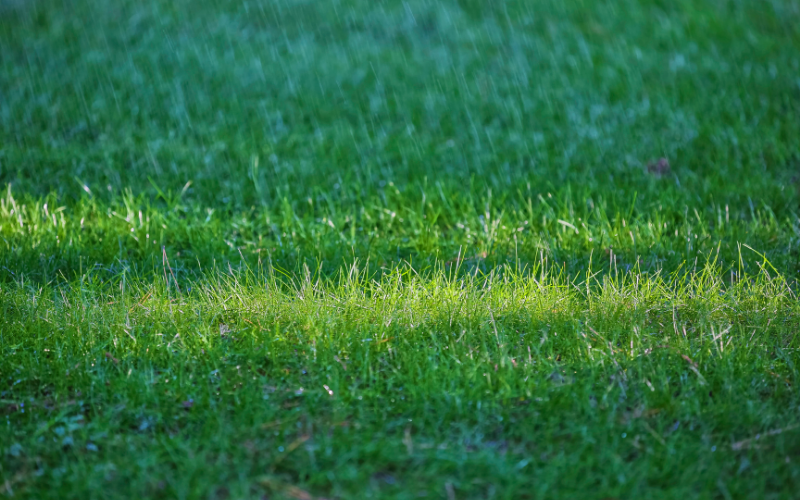If you’ve ever wondered “how long does lawn grass live?”, you’re not alone Many homeowners want to understand the lifespan of the grass in their yard The answer depends on several factors. While individual blades may only survive around 5-6 weeks, a healthy lawn can thrive for years with proper care.
The Lifecycle of Grass Plants
There are two main types of grass – annual and perennial
Annual grass completes its entire lifecycle in one growing season. It germinates from seed, grows, produces flowers and seed, then dies. Examples are ryegrass and crabgrass.
Perennial grass persists for multiple years. It continues to grow and produce new shoots each season without dying. Cool-season grasses like fescue and bluegrass are perennial, as are warm-season types like Bermuda and zoysia.
The average lifespan of an individual perennial grass plant is about 3-5 years. But its roots and growth points may continue living past that. The root system can survive up to 10 years or longer.
So while each grass shoot passes away in time, the plant continually regenerates new growth. This allows the lawn to maintain a full, thick appearance.
Factors That Influence Longevity
Several key factors impact how long grass plants and lawns survive:
-
Growth habit – Grasses that spread via aboveground stolons or below ground rhizomes tend to live longer overall since they self-repair. Bunch grasses grow in discreet tufts with bare spots in between, so the lawn declines faster.
-
Water – Adequate moisture allows grasses to thrive. Insufficient water leads to drought stress and earlier death. Deep, infrequent irrigation promotes deep roots.
-
Sun – Grasses growing in full sun last longer than those in too much shade. Most require at least 4-6 hours of direct sun daily.
-
Soil – Rich, fertile, well-draining soil provides the nutrients grass needs to flourish. Poor soil shortens lifespan.
-
Damage – Foot traffic, pet waste, pests, and disease can all damage lawns and shorten their life. Proper care prevents this.
-
Climate – Harsh winters or extreme heat Impact grass health and longevity. Choose species suited for your zone.
Maximizing the Lifespan of Your Lawn
You can extend the life of your lawn by providing optimal care:
-
Select grass types suited for your climate and site conditions.
-
Improve soil structure, fertility, and drainage before planting.
-
Water deeply 2-3 times per week to establish new grass, then reduce frequency.
-
Mow at the ideal height for your grass variety – never cut more than 1/3 of blade.
-
Fertilize according to soil tests in spring and fall.
-
Apply lime if needed to maintain proper pH for your grass.
-
Thatch and aerate periodically to alleviate compaction.
-
Overseed bare spots to maintain thickness.
-
Apply preemergent for weeds and treat pests/disease promptly.
-
Dethatch and reseed periodically to rejuvenate the lawn.
Estimating Your Lawn’s Lifespan
With proper preparation and care, lawns can thrive 15-20 years or longer. Cool-season grasses and bunch varieties tend to decline faster, lasting 10-15 years typically. Warm-season spreading grasses may exceed 20 years.
But there are exceptions. Lawns in ideal climates and soils could live over 25 years. Those in poor soils or with neglect may only survive 3-5 years before needing renovation.
Signs your lawn may be nearing its lifespan include excessive thinning, bare spots, and weed takeover. At this point reseeding/resodding is required.
The best approach is following a yearly lawn care regimen tailored to your grass type. Preventing problems before they arise is easier than trying to rescue an over-the-hill lawn. A well cared for lawn can provide lasting beauty and enjoyment for decades to come.
Time-lapse of Grass Growing.
FAQ
Will grass come back if it dies?
At what height does grass stop growing?
How long before grass dies?
- A Complete Guide to Caring for Yuki Cherry Blossom Shrub - January 23, 2025
- Identifying Red Hot Poker Seeds: What to Look For When Harvesting Torch Lily Pods - January 23, 2025
- A Complete Guide to Harvesting Evening Primrose Seeds - January 23, 2025

